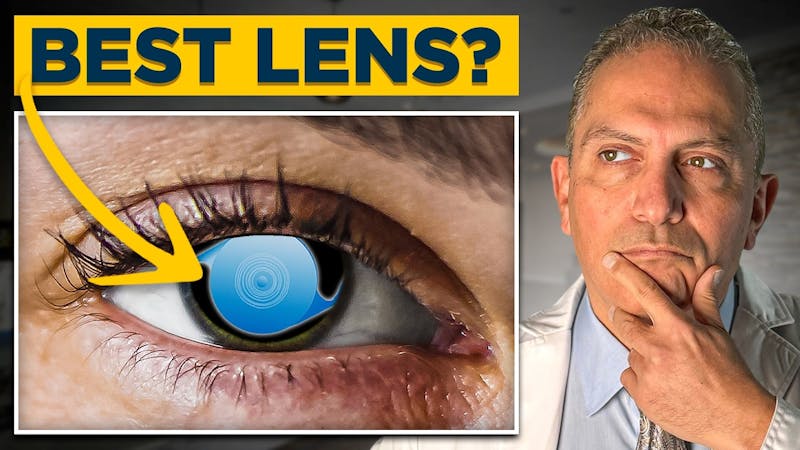Enhancing Your Vision
Guiding you toward the procedure that fits your unique needs, so you can see the world clearly and confidently.

Selecting the right intraocular lens (IOL) after cataract surgery can greatly improve your vision quality. With medical advancements, various IOLs are available, each offering unique benefits for different visual needs. This guide will explore the types of IOLs, their functionality, and help you determine the best option for your specific requirements.
Monofocal lenses are the most commonly used IOLs. They focus on a single distance, usually set for clear vision at either near, intermediate, or far ranges. Most people choose monofocal lenses set for distance vision and use reading glasses for close-up tasks.
Pros:
Cons:
Toric lenses are ideal for patients with astigmatism, which causes blurred or distorted vision due to an irregularly shaped cornea. These lenses correct the irregularity, providing clearer vision at all distances.
Pros:
Cons:
These lenses offer a broader range of vision correction, utilizing intricate concentric rings to split incoming light into multiple focal points. This technology reduces or eliminates the need for glasses post-surgery.
Types and Examples:
These lenses utilize diffractive optics, where concentric rings on the lens surface split the light entering the eye into multiple focal points. This mechanism allows the eye to focus on objects at different distances simultaneously. For example, when looking at a near object, the lens uses the near focal point while other focal points are blurred out, and the same applies when looking at intermediate or distant objects.
Suitability for Diffractive Multifocal and Extended Range Lenses:
Visual Disturbances: One potential drawback of diffractive multifocal and extended-range lenses is the possibility of visual disturbances such as glare and halos, particularly in low-light conditions. These disturbances occur because the concentric rings can cause light to scatter in a way that creates these visual phenomena. However, many patients find that these disturbances diminish over time as the brain adapts to the new visual inputs.
These lenses use a different mechanism to extend the range of clear vision by stretching the light, reducing issues like glare and halos.
Example: Vivity Lens Pros:
Cons:
This advanced IOL offers clear vision at multiple distances by balancing light distribution to various focal points, reducing common issues like glare and halos.
Pros:
Cons:
This innovative lens allows post-surgery customization using UV light to fine-tune vision correction.
Pros:
Cons:
Designed like a pinhole camera, this lens improves depth of focus and reduces the need for multiple focal points.
Pros:
Cons:
These lenses move within the eye to focus at different distances, mimicking the eye’s natural focusing mechanism.
Pros:
Cons:
When choosing an IOL, consider your lifestyle and vision needs. Reflect on your daily visual routine, specific visual requirements, importance of reducing dependence on glasses, and budget. Remember, the quality of your vision is a long-term investment.
A thorough consultation with your eye surgeon is crucial. Discuss your visual needs, lifestyle, and concerns. Your surgeon will conduct a comprehensive eye examination to determine the health of your eyes and recommend the most suitable IOL options for you.
Guiding you toward the procedure that fits your unique needs, so you can see the world clearly and confidently.




If you do not see your preferred date and time please call the office, so we can accommodate your request (917) 398-4011.